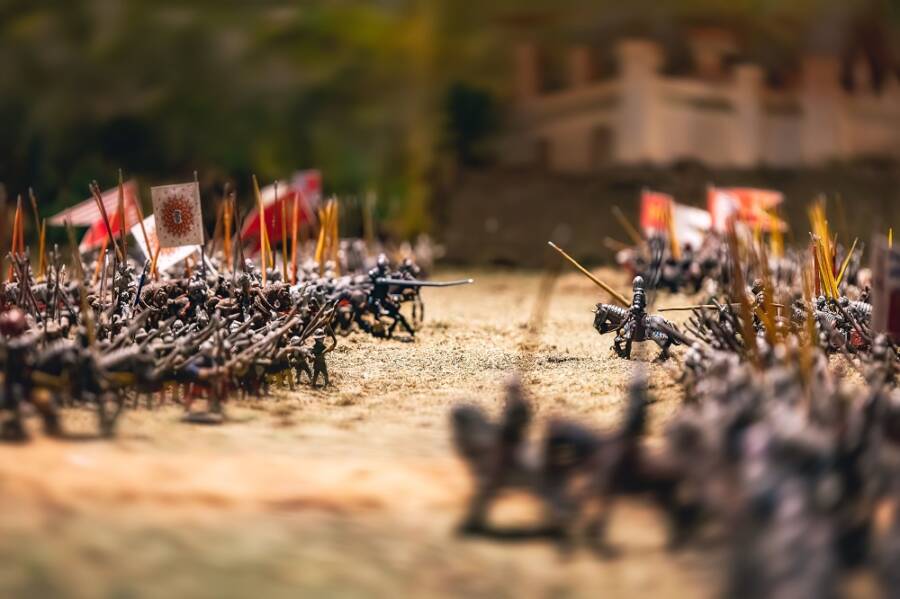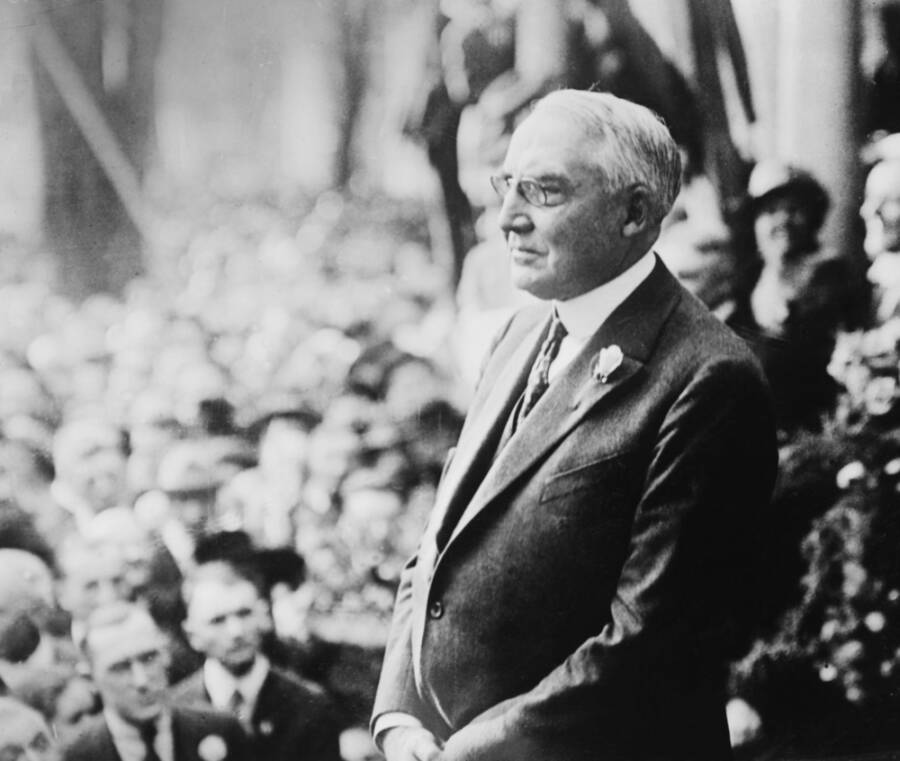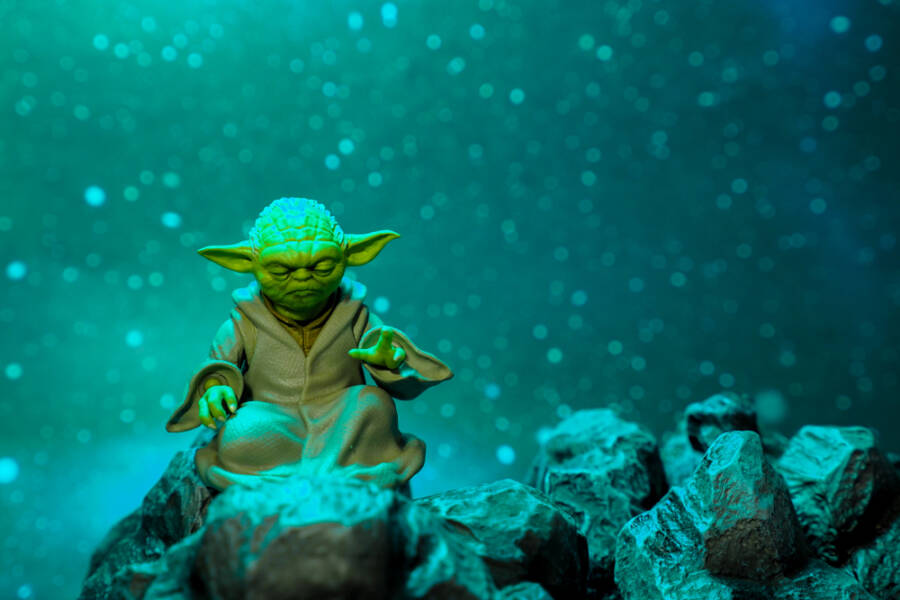Christmas during Nazi Germany wasn’t anything like now. Curious about it? Let’s dig in:
If you’ve read other articles or watched documentaries about WWII, then you’re probably aware of the fact that everything was insanely different. We aren’t afraid to admit that Christmas (or what they called winter holidays) during Nazi Germany wasn’t exactly a celebration where people gathered together with their families and celebrate the birth of Jesus Christ, eat tasty meals, and such.
Nazi Christmas was an occasion to celebrate Aryan supremacy and Nazi rule disguised as a holiday, not a sentimental festivity. It was all about supporting Hitler and the Nazi Party. Santa was easily replaced with “Odin,” and Christmas was “rebranded” as Julfest.
Not even the tree ornaments were as we know them now! No, no. They were proudly decorated with swastikas and other Nazi symbols to praise Hitler.
Can you believe that even the lyrics from “Silent Night” were changed? Stay tuned because there are a couple of other interesting things you might be curious about that we’re about to discuss in the article. So let’s start with the number one fact about Christmas during Nazi Germany:
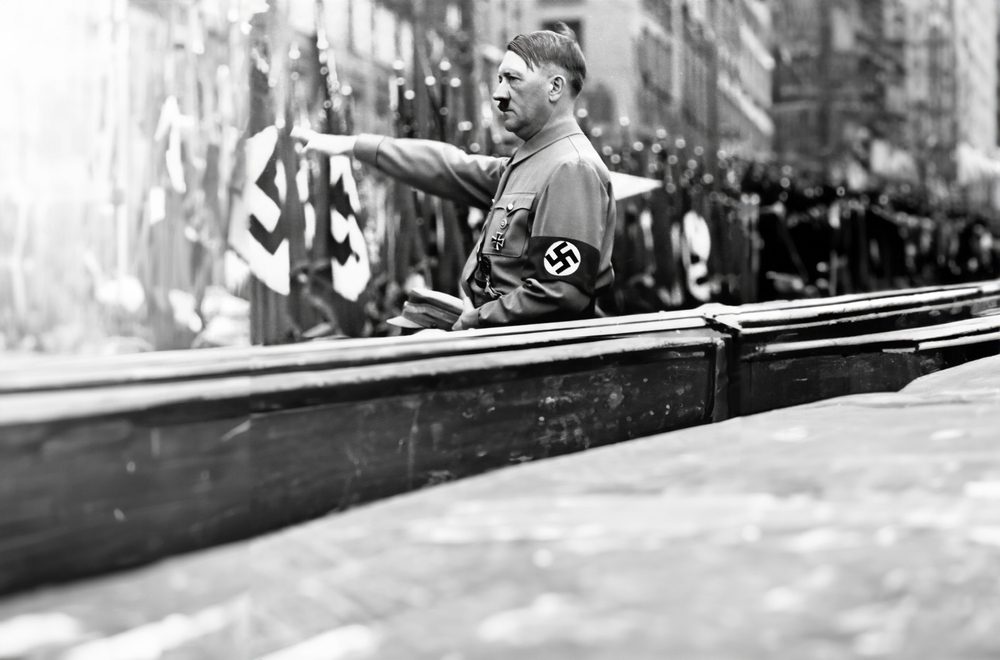
Jesus was a Jew so it was forbidden to celebrate him
The party was against commemorating the birth of Jesus, a Middle Eastern Jew. Rather, they viewed Christmas as a chance to “mobilize the community’s moral or emotional strengths for national socialism.”
In 1937, propaganda writer Hannes Kremer wrote a piece titled “New Meanings for ‘Inherited’ Customs?” that analyzed how to appropriate Christmas for the group’s objectives.
He said that Christmas was only a pretext to encourage solidarity among the country’s citizens. “It is reasonable to regard the Christmas holiday as a national festival, both following popular custom and opinion.” Christmas during Nazi Germany was nothing more than a festival honoring the troops, the group’s principles, and Hitler, of course.
Children ate chocolate SS men
Christmas customs were maintained by the Nazis as a means of fostering national cohesion when they came to power. Stormtroopers sang Nazi marching songs and Christmas carols, Hitler Youth brigades organized a night rally in 1934 that was fashioned after pagan solstice rites, and “people’s Christmas trees” with swastika decorations were put up in town squares around the nation.
Since at that time, Germany was going through a very rough period from the economic point of view, in one of his public speeches, Hitler assured the nation that no German would freeze or go hungry, and that Germany was just a big family.
Moreover, to enter somehow the celebration mood children were happy to receive chocolate for Christmas. Not only the sweets were special but their shapes as well: SS soldiers. Together with their mothers, children helped in baking cookies in the form of Sig-runes, the two major symbols of “struggle and victory.”
In the 1950s, families were still singing a Nazi hymn because it had become so ingrained in them.
They used Christmas as a pretext to gain influence over rich Germans
There is no point in denying that Christmas during Nazi Germany was all about manipulation and planting the idea into people’s brains that Germany soon it’s going to own the majority of Europe and will be more powerful than any other country.
In the 1930s, the Third Reich made use of Christmas to win over Germans. Early on in their employment, the party established a program to provide poor families with gifts and cash each December. Youth members solicited presents for families affected by the Great Depression while claiming ownership of the contributions.
Nazis had Christmas trees but with changed ornaments
One of the numerous things that made Christmas during Nazi Germany weirder is the ornaments for the tree. Among the swastika ornaments, rather than placing a star atop the tree, the celebrants advertised a Germanic “sun wheel.”
After the winter solstice, which is the shortest day of the year, lighting candles on the tree represented the “return of the sun.” Another thing that was quite common for most Christmas trees was to have replicas of grenades and machine guns hanging from them. Probably the children were very fascinated by these decorations…or not.
“Silent Night” was no longer OK to sing, “Savior Führer” took its place
Many well-known Christmas songs, like “Silent Night,” had their lyrics altered by persons in positions of authority in an attempt to remove any reference to Christ. Hitler, the German Chancellor, is the song’s hero in the updated version.
“All is quiet and bright, and only the Chancellor remains vigilant, keeping an eye on Germany’s future and guiding our country in the right direction.”
Goodbye Santa, welcome Odin!
Christmas during Nazi Germany meant to say goodbye to Santa Claus and replace the entity with Odin. The proponents of the “new” Christmas favored the Nordic deity Odin over Santa Claus. “Odin’s Sun Wheel” was one of the handmade Christmas decorations, honoring the solstice. Recreated as “Christmas or Solstice Man,” Odin wore a sloppy hat, and a gray beard, and gave gifts to youngsters.
Reading about Christmas during Nazi Germany tickled your curiosity about other insights that happened during WWII. That’s great because if you’re an Amazon Prime subscriber, then you will be happy to know this documentary, The Hidden Side of World War II, is just one click away.
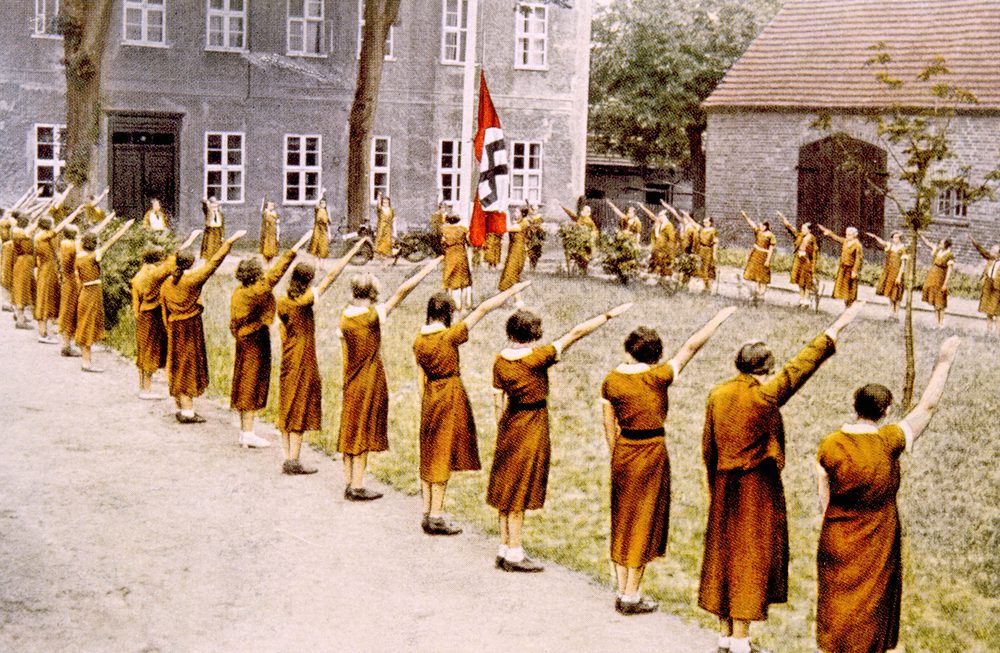
The new Christmas was all about “Blood and Soil”
If you were “lucky” to live when it was the time for Christmas during Nazi Germany, then you had to listen to all the speeches Hitler and other members of the Party wanted to tell to the German nation.
Non-Germanic individuals were not welcome in the nation, and those who observed the “new” form of Christmas never missed an occasion to promote their goal. Christmas was no different.
Hitler’s speech from the 1921 Christmas was about how bad the Jews were
Hitler regarded Christmas as a chance to combine anti-Semitic hatred and nationalist propaganda with festive happiness from the very beginning. Shortly after being named party leader in 1921, Hitler denounced “the despicable Jews for destroying the world liberator on the cross” in a speech.
This was a bold way of using celebrations for his benefit!
Christmas during Nazi Germany wanted to resemble a Nordic, neo-pagan celebration
Mary and Jesus were shown as blonde mothers and children, and the traditional crib was substituted with a garden full of wooden toy animals and bunnies. Holiday customs such as wrapping gifts, decorating the house, preparing “German” cuisine, and planning get-togethers with family have been connected to a nostalgic “Nordic” nationalist cult. The whole idea was to celebrate Christmas without Christ in it.
Christmas during Nazi Germany was nothing more than just propaganda, and each year traditions changed more and more, and the past Christmas became just a ghost. Christmas is a time for peace, joy, and holy celebrations.
However, the Nazi Party had to alter these values to fit their ideology. One of the best examples was a terrifying “Poem of the Dead Soldiers” that occupied the Christmas Eve page of the 1944 official Advent calendar. It was just a matter of months until the pagan Christmas and the Nazi government were destroyed.
If you’re interested in discovering more things about the Nazis and WWII you’re welcome to check out this article 10 Shocking Facts About Hitler’s Love Life Revealed.



